1. Barbara Eden
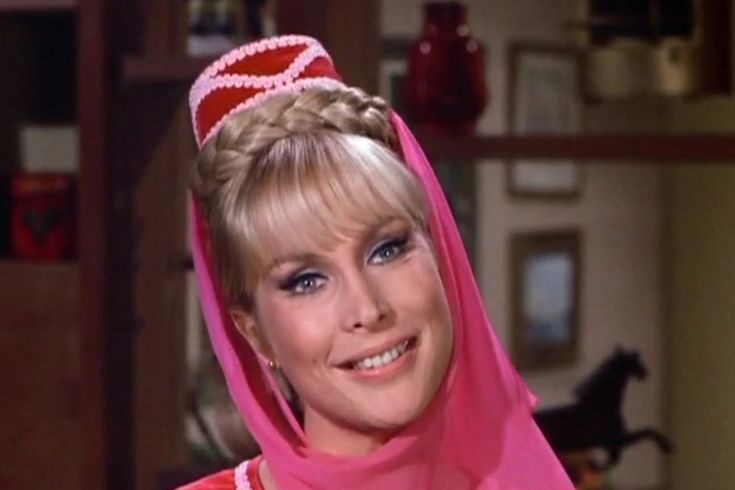
Barbara Eden adored playing Jeannie in “I Dream of Jeannie” (1965–70), and audiences still greet her as “Jeannie” decades later. The flamboyant costume and unforgettable blink-and-nod magic gesture made her synonymous with the character. Despite a busy post‑Jeannie career, appearing in TV movies, series like Dallas, and Las Vegas shows, Hollywood continued to typecast her around that magical persona. Her fans still ask for the signature Jeannie motion in person. Eden doesn’t mind, she says she likes Jeannie and feels lucky for the role, but casting agents struggled to see her in dramatic or non‑genie roles. That early success brought Emmy noms and a Golden Globe nod, but it also defined her image in popular culture far more than later varied work did.
2. Tina Louise
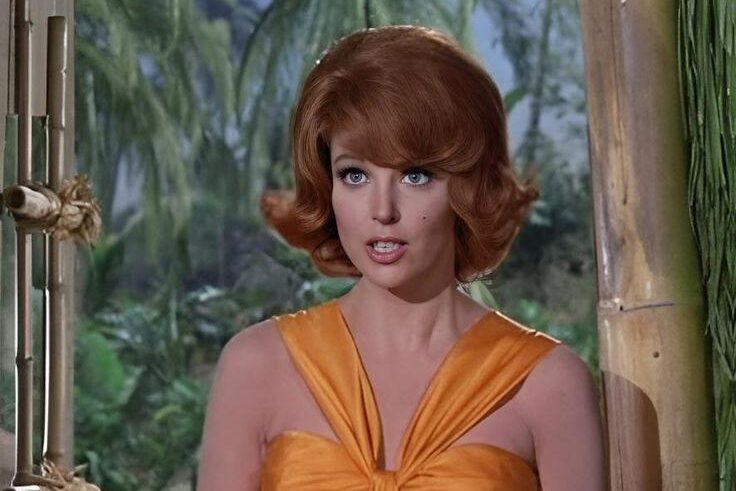
Tina Louise became a household name playing Ginger Grant on Gilligan’s Island from 1964 to 1967. Although she had been a Golden Globe–winning film actress before the show, she later lamented that Ginger wrecked her dramatic movie ambitions. After the series ended, she declined to appear in any reunion films, and others were cast as Ginger instead. Louise voiced frustration early on when Ginger’s tone shifted toward sarcasm, she even considered quitting, prompting CBS to replace the director and restore her character’s original glamour vibe. Still, she avoided embracing the show’s legacy: she rarely speaks fondly of it and chose to keep distance from its reunions. Today, at 91, she’s the last surviving original cast member, focusing on philanthropy and her broader career beyond the island.
3. Mark Hamill
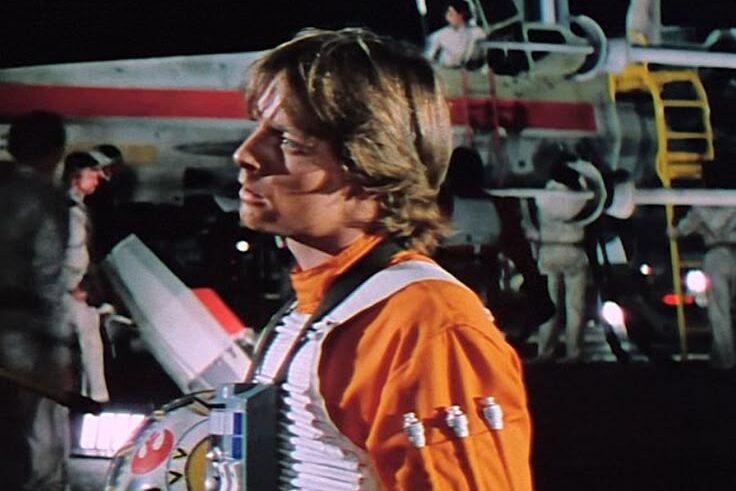
Mark Hamill soared to global fame as Luke Skywalker in 1977’s Star Wars, a role that became inseparable from his identity. No matter his later successes, especially his acclaimed voice work as the Joker, he remained stuck in Jedilore for years. Hollywood and fans alike saw him as Luke, which overshadowed other projects. Though he eventually embraced the wider scope of his talents, Hamill has described the struggle of shaking off Jedi status. His voice‑acting career thrived, and he even returned to the Star Wars universe in new ways, but that iconic role cast a long, defining shadow that took decades to balance.
4. Leonard Nimoy
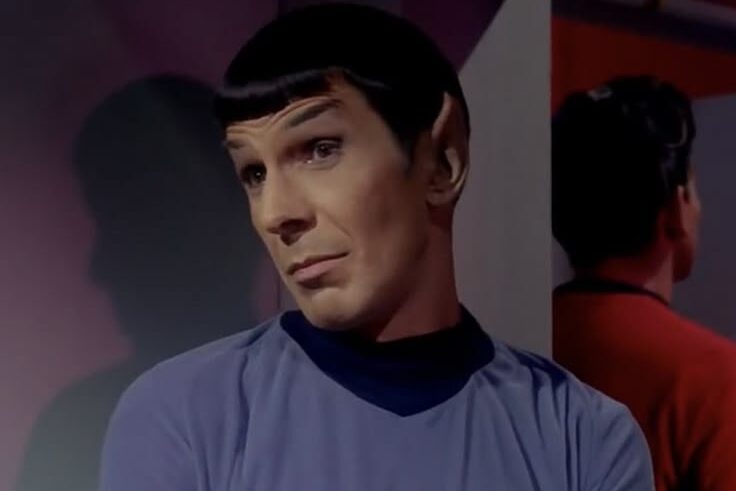
Leonard Nimoy’s relationship with Spock was famously complex. He felt so typecast that he published I Am Not Spock in 1975 to express his identity tension, only later to write I Am Spock in 1995, embracing the legacy he once rejected. Despite suspicion about typecasting, Nimoy remained one of the few original Star Trek cast members with a steady career post‑series. His struggle highlights how deeply a breakout character can define an actor’s public and professional life. Even though he continued working in stage, film, and television, it was hard for audiences and Hollywood to see him as anyone other than the logical half‑Vulcan. And yet, over time, he learned to cherish the role he couldn’t escape. Leonard Nemoy passed away in 2015.
5. Macaulay Culkin
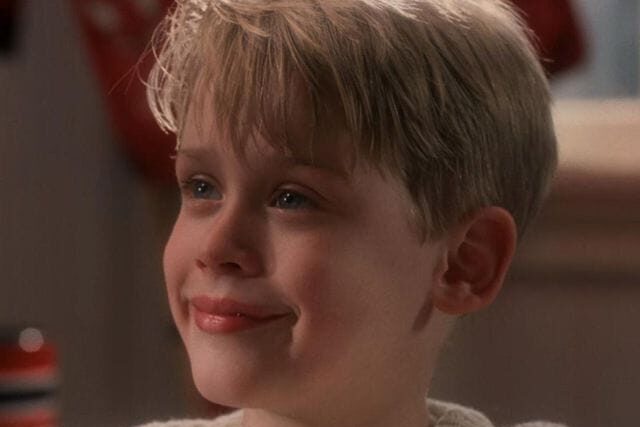
Macaulay Culkin exploded into fame as Kevin McCallister in Home Alone (1990), and overnight became the face of holiday magic. Yet the mega‑success of that child role became his creative trap: in spite of teen and adult efforts, casting directors couldn’t shake the image of him as the mischievous youngster, making a seamless transition to adult acting nearly impossible. Though Culkin later took on independent films and theatre, he never regained the dramatic momentum many hoped for. His early fame brought both adoration and limitation, he remains forever associated with that clever, charming kid in overalls, a casting box few roles have allowed him to climb out of.
6. Kelsey Grammer
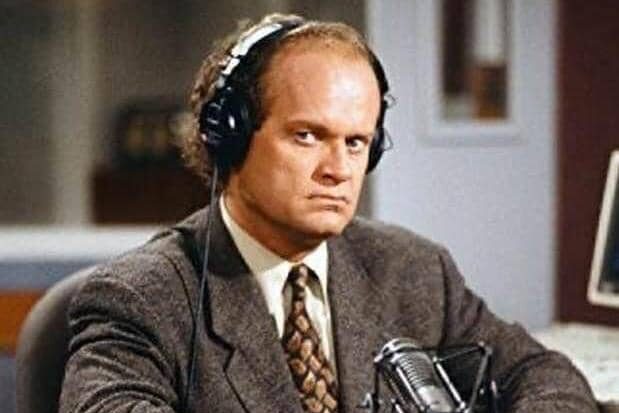
Kelsey Grammer played Dr. Frasier Crane on Frasier (1993–2004), becoming so synonymous with the character that his later work almost seemed secondary. Although he earned four Emmys for portraying the snobbishly witty psychiatrist, the sheer longevity, more than 20 years including Cheers, made it difficult for Hollywood to see him as anyone else. Even in the 2023 reboot, his return stirred conversation about nostalgia versus fresh casting choices. Behind the scenes, fans and the industry struggled to recognize Grammer beyond roles like Sideshow Bob on The Simpsons or even darker turns in shows like Boss. Despite this, Grammer embraced Frasier’s legacy, revisiting the character in the reboot and balancing it with other varied projects across stage, voice work, and drama.
7. Sarah Michelle Gellar
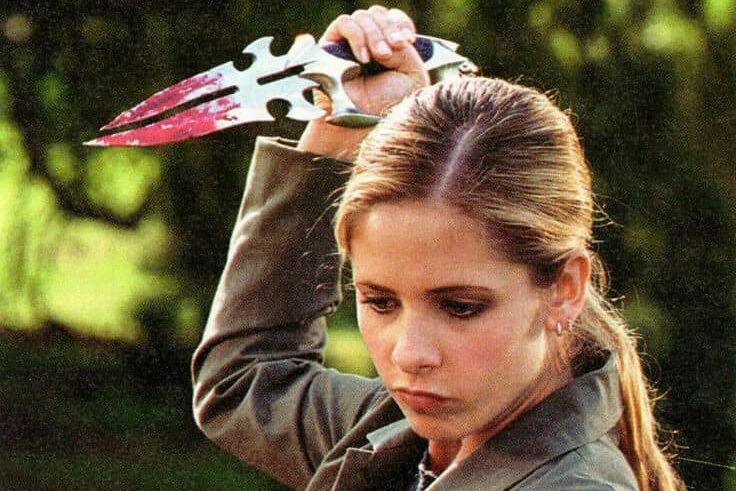
Sarah Michelle Gellar starred as Buffy Summers in Buffy the Vampire Slayer for seven seasons (1997–2003), becoming the iconic vampire slayer of pop culture. While fans loved her fierce wit and strength, Gellar herself felt the pressure of typecasting. She explicitly mentioned that she feared being seen only as a strong heroine and took a purposeful break after the show’s end to seek new challenges. Gellar also taught herself set skills, holding a boom mike or focusing a scene, to understand filmmaking deeply and avoid being boxed into just “Buffy.” Yet even with that ambition, she turned down films like American Beauty and Gangs of New York, in part because Buffy’s fame both opened doors and closed others. Looking back, she loves Buffy, but she’d resist returning without the right story or creative intention.
8. Jim Parsons
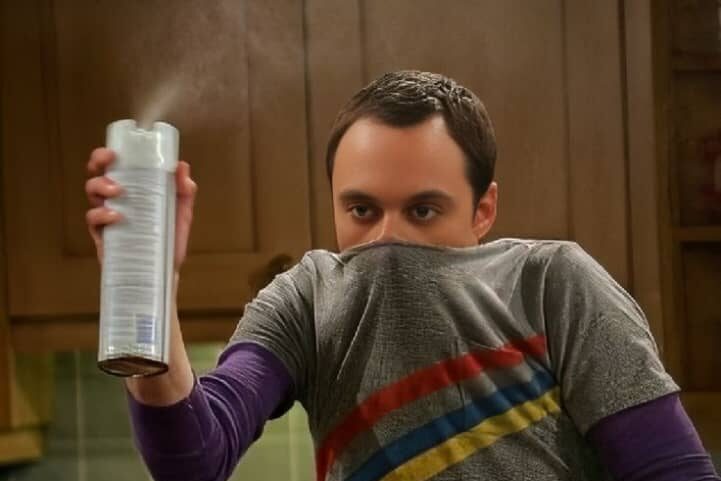
Jim Parsons became world-famous playing Sheldon Cooper on The Big Bang Theory (2007–2019), a role so specific that many viewers couldn’t separate actor from character. Parsons even addressed this on Saturday Night Live, joking “I’m not that guy,” stressing that in real life he doesn’t speak Klingon or live with a roommate quite like Sheldon. Though his portrayal won him multiple Emmys, Parsons admitted that shedding the “Sheldon box” was critical to his personal and creative growth. Audiences continued approaching him as Sheldon long after the show ended, so he intentionally sought different roles to remind the world (and himself) that he’s a skilled actor, not a one-note sitcom persona.
9. Jennifer Aniston
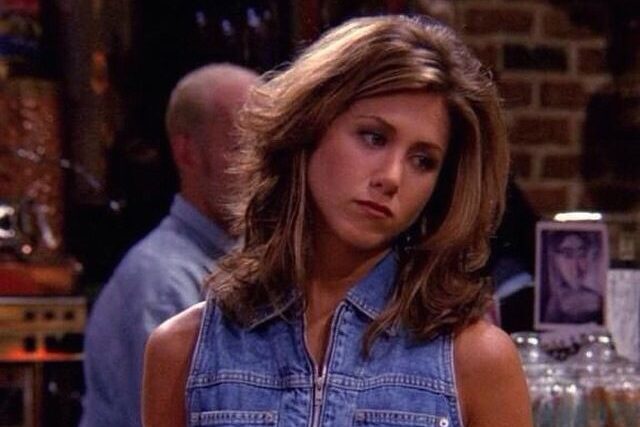
Jennifer Aniston achieved global fame as Rachel Green on Friends (1994–2004), becoming America’s sweetheart almost overnight. Yet, Rachel’s sunny persona cast a long shadow: Aniston has spoken candidly about being unable to escape “Rachel from Friends,” even into dramatic film roles, saying that digging into projects like The Good Girl felt liberating, and terrifying. Her efforts to break out of the Rachel mold included serious work in Cake, The Morning Show, and dramatic indie films. While she found deeper, award‑nominated roles beyond sitcom comedy, the Rachel stereotype persisted for years, forcing her to prove repeatedly she was more than trendy haircuts and apartment shenanigans.
10. Jon Heder
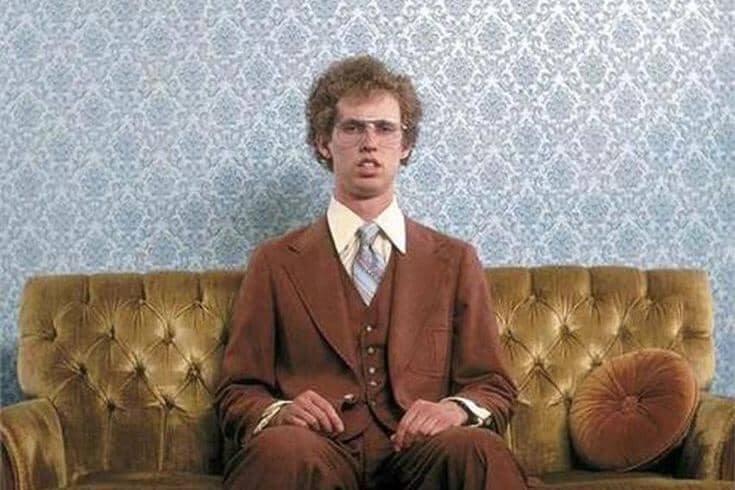
Jon Heder became a cult figure as Napoleon Dynamite in the 2004 indie film Napoleon Dynamite, delivering an awkwardly charming performance, completely improvised dance moves and all, that defined his public image. Despite working steadily in comedic films and voice roles across animation, fans and audiences stubbornly associate him with that single quirky high‑schooler. Over two decades later, Heder still plays into that nostalgia, touring with cast members in live shows and embracing fan devotion. But while fellow actors moved into mainstream or dramatic roles, Heder has leaned into independent, offbeat projects, fully aware that Napoleon will always be his signature, whether he loves it or not.
11. Linda Blair
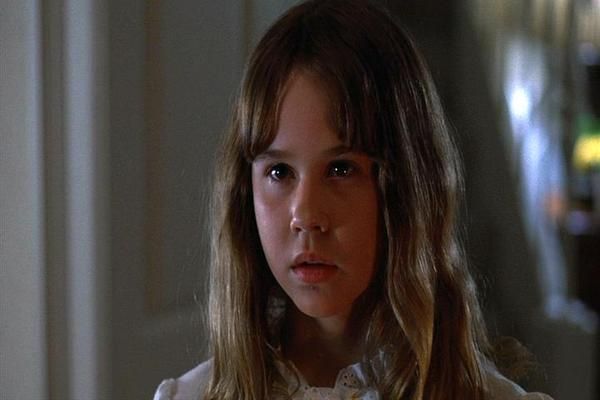
Linda Blair became world-famous at just 14 for her haunting performance as Regan MacNeil in The Exorcist (1973), earning an Oscar nomination and a Golden Globe win for Best Supporting Actress. That breakthrough role, involving intense, physically grueling scenes, including a fractured spine and sub‑zero filming conditions, imprinted her in horror‑film history and popular culture forever. Despite later roles in TV dramas, exploitation films, Broadway and even hosting paranormal shows, Hollywood struggled to see her outside of that possessed child persona, and the media and public continued to treat her like a “scream queen” rather than a versatile actor.
Over time she redefined her identity: since 2004, she has focused almost entirely on animal welfare through her Linda Blair WorldHeart Foundation, rescuing and rehabilitating abused pets, but her true legacy now centers on compassionate activism, though the shadow of Regan still follows her in many public perceptions.
12. Alfonso Ribeiro
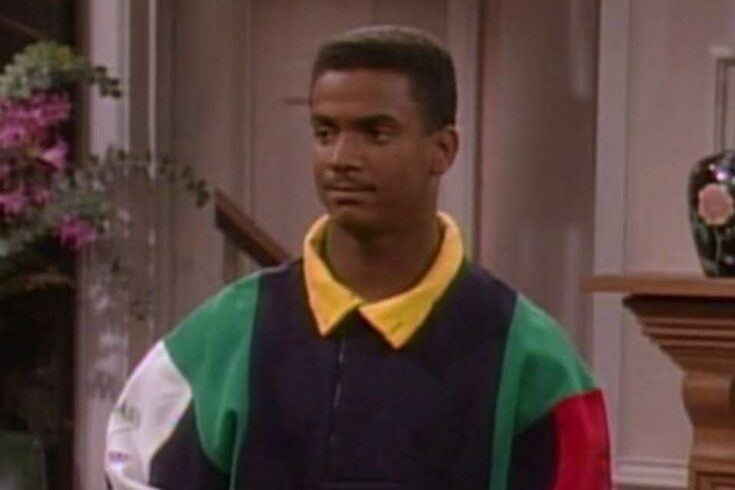
Alfonso Ribeiro rocketed to fame in the 1990s as the effusive sweater‑vest‑wearing Carlton Banks on The Fresh Prince of Bel‑Air (1990–96). His signature “Carlton dance” became a cultural symbol, and defined him in the eyes of fans and casting directors alike. Ribeiro has described playing Carlton as both “the greatest and worst thing” for his career, since the iconic role effectively ended his trajectory as an actor by pigeon‑holing him into the Carlton persona, making it difficult for others to envision him in different roles.
Though his acting career stalled, Ribeiro reinvented himself on television, successfully transitioning to hosting roles, most notably as a co‑host on Dancing with the Stars and America’s Funniest Home Videos. He’s expressed enjoyment in that work and remains open to returning to acting if the “right” opportunity arises.
13. Matthew Perry
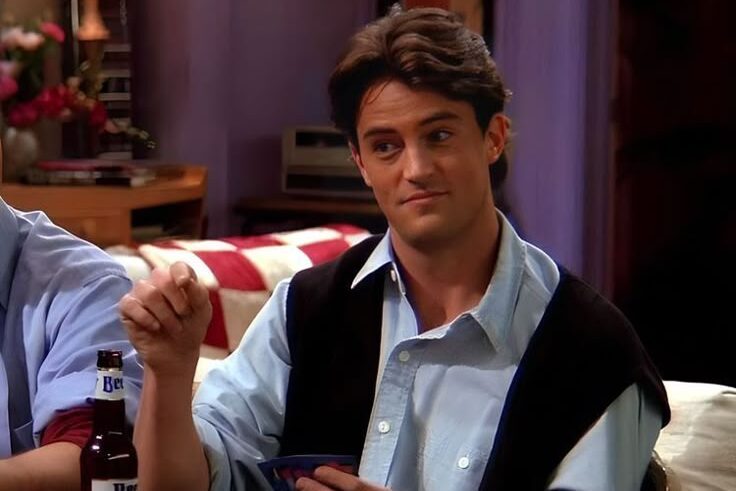
Matthew Perry achieved global recognition as Chandler Bing on Friends (1994–2004), and the sarcastic wit and comedic timing he brought to the character defined him as a comedic force for over a decade. Although Chandler was beloved, Perry struggled with being perpetually pegged as “the funny guy,” both on-screen and in his personal life, a label he found heavy to carry and limiting to his creative ambitions. After Friends, Perry moved into producing, acting in dramas and co‑writing his own stage play (The End of Longing), which he described as a personal expression of his deeper struggles and identity beyond Chandler. He candidly acknowledged that escaping Chandler’s shadow was necessary for both his personal growth and professional fulfillment, even if it meant leaving behind the comfort of sitcom success.
14. Erin Moran
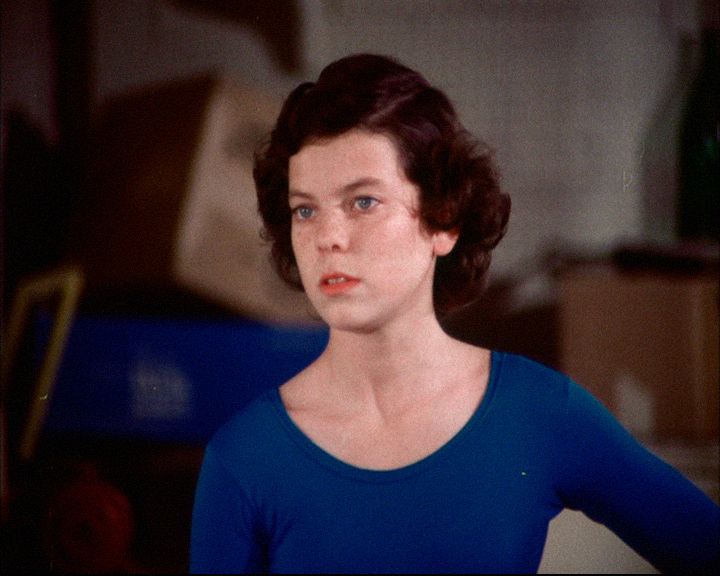
Erin Moran became a household name as Joanie Cunningham on Happy Days (1974–84), a role that made her instantly recognizable. But as the series faded into reruns, so too did her visibility, and opportunities. She encountered deep typecasting that left her with few offers as an adult and struggled to break free from the “girl from Happy Days” mold. Her early fame did not translate to a sustainable adult acting career. Despite efforts to obtain residual merchandising income (including a lawsuit over unpaid royalties), Moran’s star dimmed, she found herself with sporadic guest roles and limited prospects in a changing industry. Her Joanie image remained so fixed, she was seldom seen in roles that allowed her to redefine her identity as an adult performer.
This story 14 Characters Stuck in Roles That Won’t Let Go was first published on Daily FETCH


